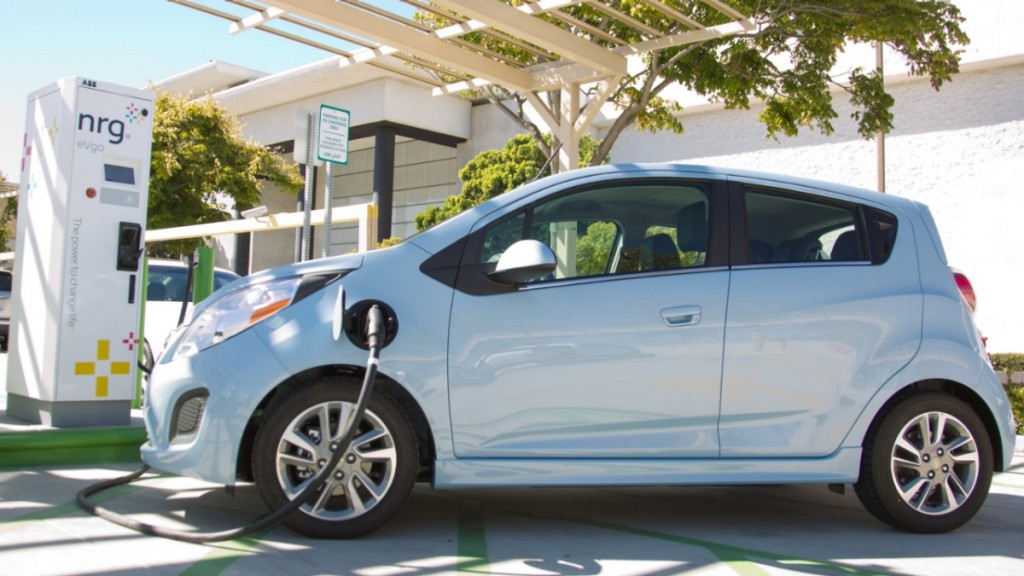With the recent bankruptcies of charging-station network Ecotality and Israeli electric-car service Better Place, plug-in advocates have quietly discussed whether any business model exists for public electric-car charging stations.
But suppose it 's not about the charging at all?
Suppose it's about the parking?
We recently chatted with Forest Williams, who's the vice president of sales and new business development at Liberty Access Technologies.
That company develops what it terms "non-proprietary access solutions" for the electric-car charging industry--which is to say, easy payment mechanisms.
What follows is a condensed and edited version of our discussion.
GCR: So what's wrong with the "gas station" model, in which electric-car drivers go to a dedicated location to "refuel"?
Williams: Pilots have an old saying: "Nothing is more useless than air above you, runway behind you or space in your fuel tanks."
They know exactly where they're going, and how much fuel they need to get there--because there are no gas stations in the sky.
Drivers of electric cars know exactly what this is all about, and that's the real problem with the “gas station” model of charging.
The relative scarcity of charging infrastructure means that plug-in drivers (like pilots) must always consider how far they're going, and whether they can make it there.

Plug-In Vehicle Parking Only
Why is that a problem?
Much of the discussion has focused on the obvious disparity between the cost of gasoline and electricity, which makes it very tough to earn an adequate profit.
But the real problem isn't cost, but time. Nobody wants to stand around for 20 minutes [for a DC fast charge], let alone 2 hours [for 240-Volt Level 2 charging] to refuel their vehicle.
So what's the real driver of cost, then?
Any time you leave a vehicle sitting in many areas for longer than 5 minutes, it becomes a parking issue--not a refueling one.
The cost of electric-car charging isn't based primarily on the cost of the electricity (which is negligible), but on the cost of the space the vehicle occupies.
Put another way, charging IS parking!
So, then ... ?
The only time an electric-car driver really has to use a public charging station is when driving more than 40 miles in a single direction.
That usually means either to the workplace, or to some destination where the driver plans to engage in an activity (shopping, dining, or a business appointment) that will keep her in the same place for several hours.
In other words: It’s the destination, dummy.

Chevrolet Spark EV at CCS fast charging station in San Diego.
Taken to its extreme, Williams might suggest that charging stations are destined to be no more than ancillary offerings at existing parking facilities.
Sometimes the charging may require an added fee; other times, it will be free--to lure in customers who will spend far more than the cost of the electricity they consume.
What do you think? Is there any place remaining for public charging stations as a destination?
Or will they be limited only to locations where people are going to come and park anyway?
And what does that mean for dedicated charging stations that are located elsewhere?
Leave us your thoughts in the Comments below.
_______________________________________________













